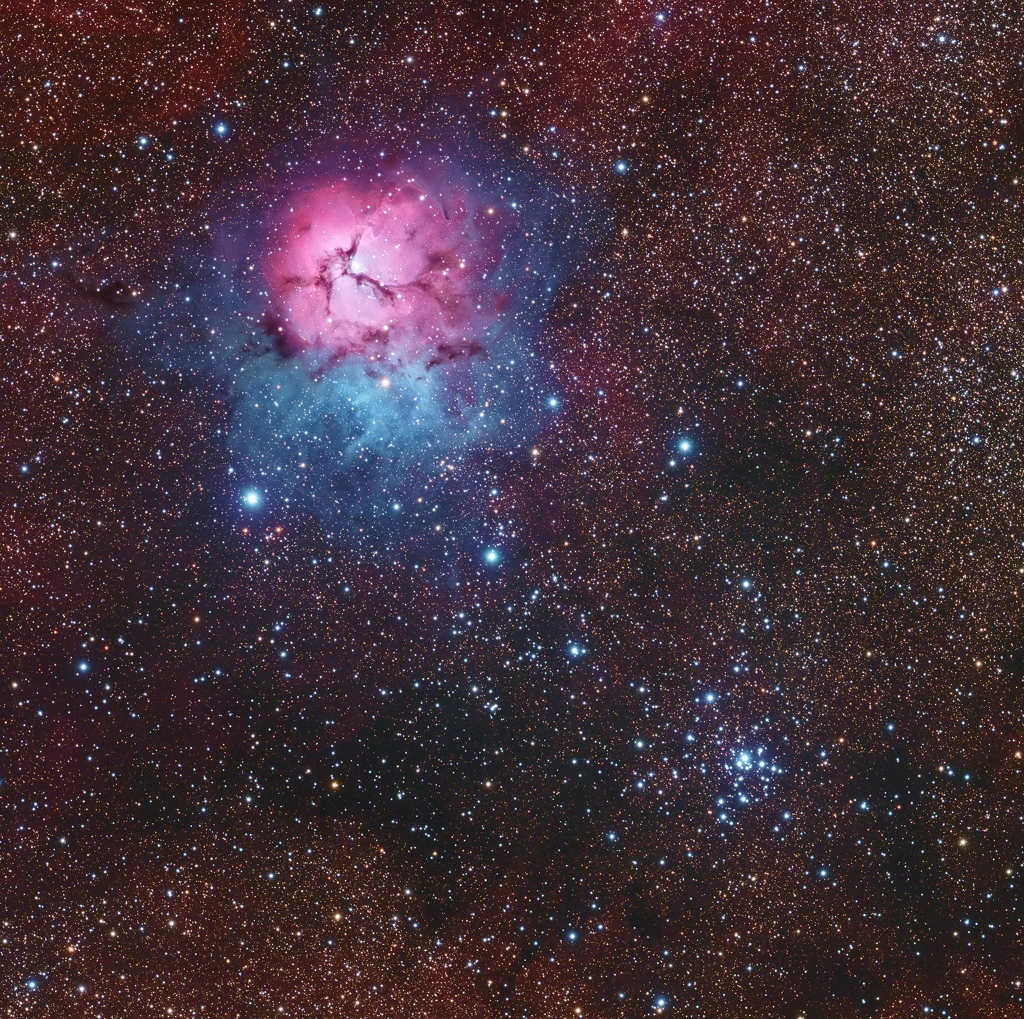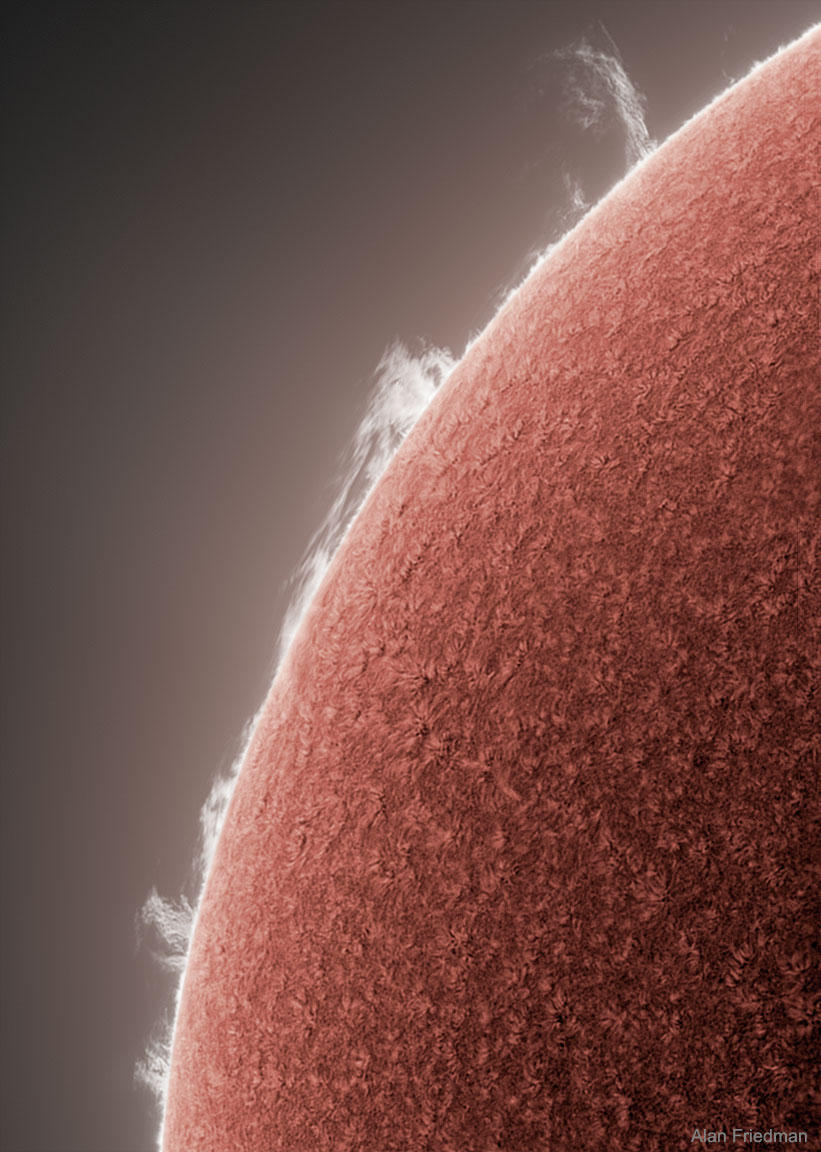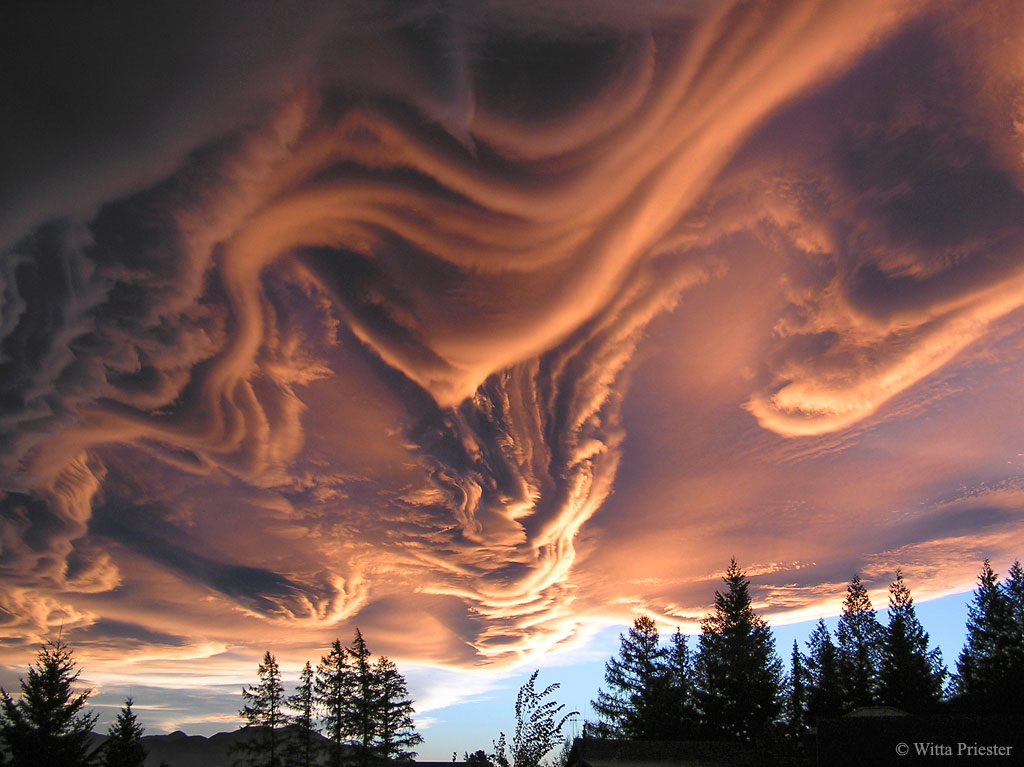Archives mensuelles : août 2018
Le guitariste Ed King, compositeur de « Sweet Home Alabama », est mort à 68 ans
Il avait cosigné l’hymne rock de Lynyrd Skynyrd avec Ronnie Van Zant et Gary Rossington.
Source : Le guitariste Ed King, compositeur de « Sweet Home Alabama », est mort à 68 ans
Messier 20 and 21

Comet Heart and Soul

Instantanés
Petite balade à la journée avec James du côté du col de Pailhères et jusqu’en Andorre.

Un petit coucou au SFK 😉






Après ces superbes paysages, pause déjeuner au Pas de la Case. Et ensuite retour au bercail….et là c’est le drame !
Après un arrêt à Lavelanet pour saluer Remi09 et boire un coup, au moment de redémarrer….. déclenchement de l’alarme quand je monte sur la moto….WTF?? Le transpondeur me joue des tours ?…. Le transpondeur….. Il est où celui la ? Ben plus dans ma poche en tout cas 😥😭 … quelque part sur la route entre le Pas de la Case et Lavelanet. Et avec, la clé pour ouvrir les sacoches, qui sont bien sûr verrouillées, avec dedans ce que j’ai acheté en Andorre 😂
Pour me consoler James m’a fait une super grillade le soir chez lui 😁🤣

Du coup retour anticipé à la maison demain.
Asteroid Ryugu from Hayabusa2

Pourquoi vous devriez vous abonner au Courrier du Hacker
Active Prominences on a Quiet Sun

Asperitas Clouds Over New Zealand

Instantané
